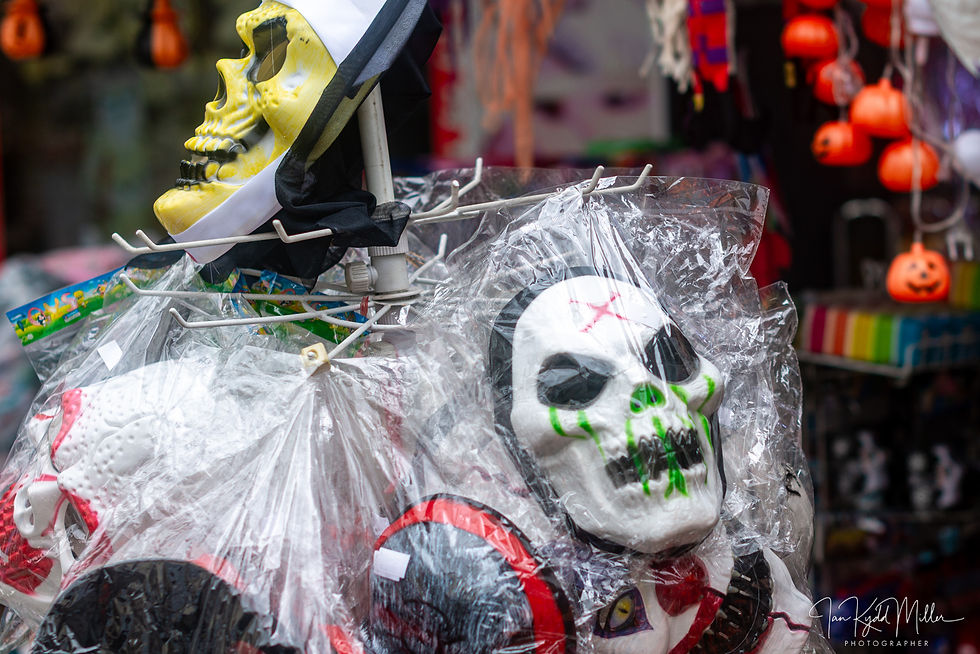📸 Why I Still Shoot JPEG: Speed, Intent, and Enoughness in News Photography
- Ian Miller

- Sep 11
- 2 min read
For years, I’ve shot JPEG. Not out of ignorance or resistance to change—but out of intention. In the world of news photography, where turnaround time is measured in minutes and not moods, JPEG has been my quiet ally. And despite the endless debates about dynamic range and post-processing latitude, I’ve never had a single complaint from clients. Not one.

⚡ Speed Is a Storytelling Tool
News doesn’t wait. When I’m documenting medical teams in the field or capturing moments of civic urgency, the priority isn’t pixel perfection—it’s presence. JPEG allows me to shoot, transmit, and publish without the bottleneck of RAW processing. The files are smaller, faster to transfer, and universally compatible. In breaking news, that matters more than shadow recovery.
🎯 In-Camera Discipline
Shooting JPEG demands intention. I don’t rely on post-processing to “fix” exposure or colour—I get it right in-camera. That discipline has sharpened my eye and deepened my respect for the moment. It’s a practice of enoughness: trusting the scene, the light, and the limits of the tool.
🧭 Ethical Witnessing Over Technical Perfection
In documenting care, dignity, and service, my goal isn’t to manipulate—it’s to honour. JPEG’s finality reinforces that ethic. I’m not crafting a visual narrative in post; I’m bearing witness in real time. The emotional truth of a moment doesn’t need 14-bit depth—it needs clarity, context, and compassion.
🧳 Archival Simplicity
JPEGs are easier to store, share, and revisit. For someone who regularly revisits their archive as a form of creative cultivation, that simplicity is a gift. It keeps the focus on story, not the software.
🛠️ When RAW Has Its Place
Of course, RAW has its merits—especially in controlled environments or when tonal nuance is paramount. I use it when the story demands it. But for daily documentation, street work, and fast-turnaround assignments, JPEG remains my format of choice.
JPEG isn’t a compromise—it’s a commitment. To speed, to restraint, to the ethics of enough. And in a world that often equates more data with more value, I choose to trust the moment instead.




















Comments